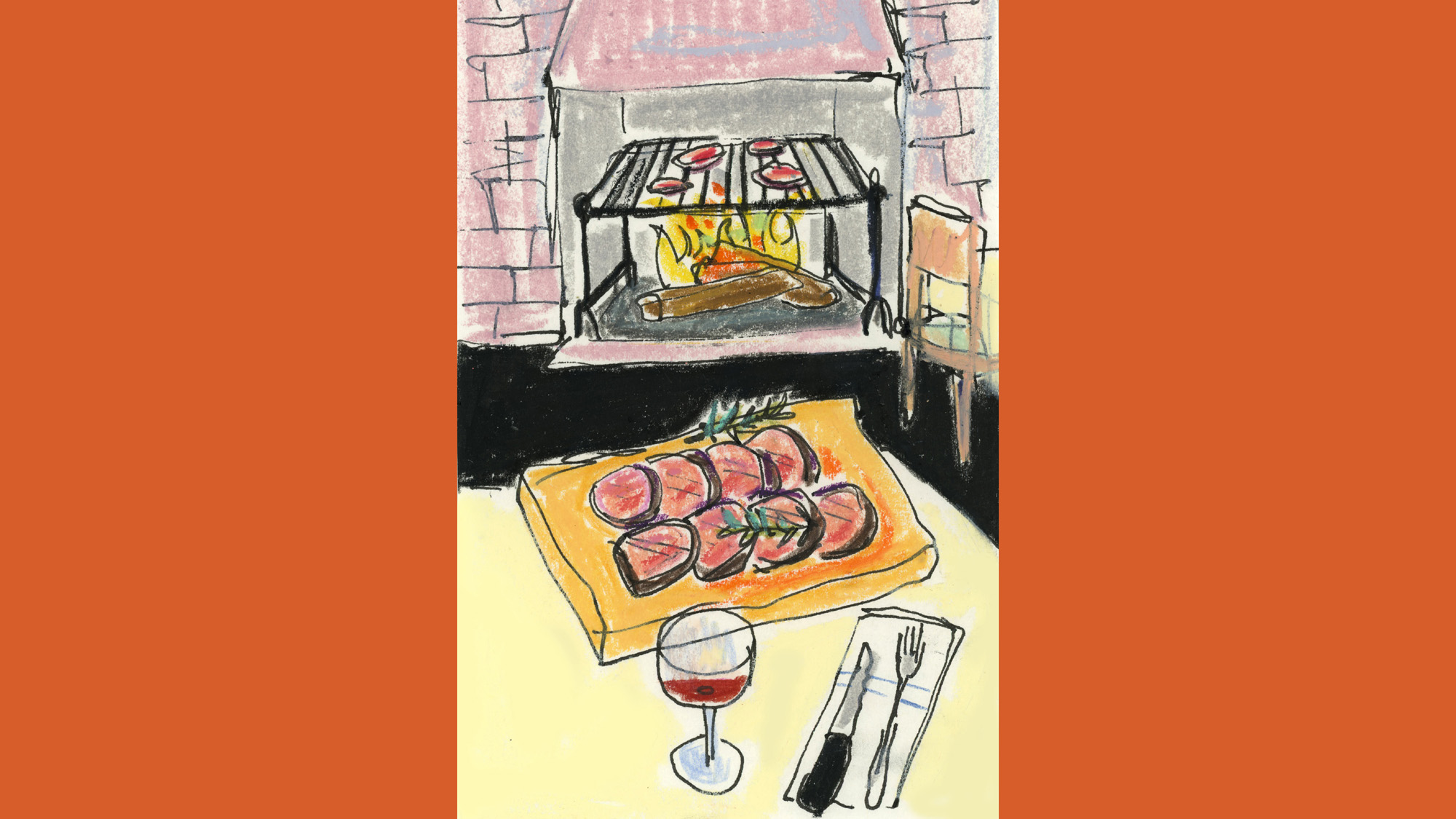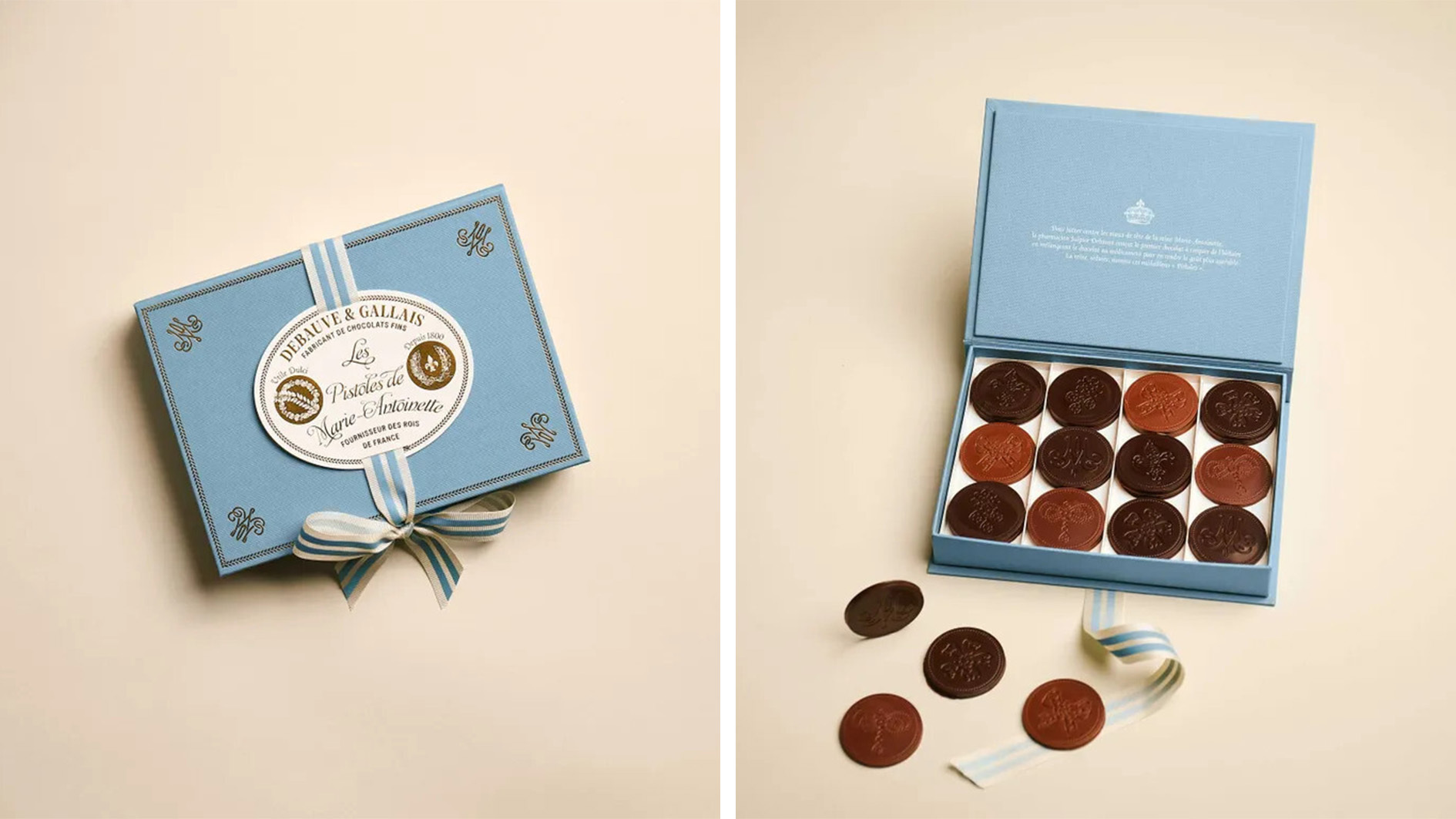Le Dôme by Foster + Partners perfectly blends architecture and landscape
Foster + Partners’ new winery for French producer Le Dôme is a perfectly balanced blend of architecture and landscape

Nigel Young - Photography
Le Dôme winery is tucked away in Saint-Émilion, a medieval village near Bordeaux in the south-west of France. A patchwork of stone cottages, cobbled streets, Romanesque churches and world-famous wineries, the Unesco World Heritage Site might be home to just a few thousand residents, but it is a leading destination for discerning oenophiles.
The owner of Le Dôme, Jonathan Maltus, an Englishman born in Nigeria, moved to Saint-Émilion in the 1990s. It was a radical period when a group of winemakers known as the Garagistes were ripping up the rulebook on how to make traditional red Bordeaux wines. Avoiding lengthy ageing processes and tannic flavours, the makers created limited runs of full-bodied, fruitier reds in small-scale – or ‘garage-sized’ – production areas. Maltus’ Le Dôme wine came about in 1996 and, after much critical acclaim, reached cult status among the cognoscenti; even today, bottles of it are hard to acquire.

Spanning 40m, the building’s dome-shaped roof features a central 6m-wide skylight that allows natural light to flood into the building, where a circular atrium lets visitors look down onto the wine production and storage spaces
More people will now be granted an insight into the realm of Le Dôme with the completion of its state-of-the-art winery by Foster + Partners. This is the third winemaking facility that the global studio has worked on in France (the first was Faustino Winery, and the second Château Margaux, was completed in 2015), but it is designed to specifically pay homage to the charming locale.
‘When Jonathan Maltus first approached us, he expressed a desire to create a distinctive new winery set against the unique backdrop of Saint-Émilion. He wanted the building to be a celebration of the beautiful site, focusing on the views of the vineyard and making the landscape the primary protagonist in the design,’ explains Norman Foster.

The building has been partially embedded into the ground to minimise its visual impact on the Unesco-protected landscapes
‘We also had to have extremely fruitful discussions with local heritage authorities, who commented that the building should make a positive contribution to the area by blending in with the landscape.’ Set towards the end of a tree-lined avenue, the winery features a sloping roof meant to imitate the gently undulating form of the site’s terrain. Beneath is a ring-shaped volume that has a wide panel of glazing wrapped around its circumference, allowing visitors and staff inside to have unrestricted 360-degree views of the surrounding vineyards. This volume has also been partially embedded into the ground to minimise the building’s visual impact on the landscape, and better its thermal mass performance.
Access to the winery is via a curving ramp that sits on the exterior of the building, further accentuating its connection with the outdoors. Internally there is a second ramp that winds its way through the winery’s two floors. The ground level is dedicated to wine production and storage, while the first floor is what Foster + Partners describes as the ‘social heart’ of the building, featuring entertaining areas, a wine bar and tasting tables. At the centre of the plan is a cavernous circular atrium, which means those on the winery’s upper level can look down and catch glimpses of the winemakers at work. The entire space is bathed in natural light streaming from a 6m-wide oculus set directly above, in the roof.

The decagonal oculus sits at the centre of the roof, which is made up of mutually supporting oak beams arranged in a reciprocal structure
With their abundance of stainless-steel machinery, winemaking facilities can sometimes appear as somewhat cold, industrial spaces, but contrastingly Le Dôme winery is imbued with warmth and tactility. The base of the building, for instance, is made from concrete mixed with locally sourced stone aggregate. This has then been clad with panels of local oak, in a subtle nod to the barrels sometimes used to ferment varieties of wine. The same aggregate has been used in the winery’s interior to fashion terrazzo-like flooring on the upper level; furnishings here are also crafted from oak and upholstered in earth-tone leather.
Wallpaper* Newsletter
Receive our daily digest of inspiration, escapism and design stories from around the world direct to your inbox.
‘The building uses local materials to reduce carbon emissions related to transport, while also embodying the spirit of the place,’ adds Foster. ‘The warm palette of materials and the fluid interior spaces blur the boundaries between workspaces and tasting areas, creating a welcoming space.’ Oak has also been used on the underside of the winery’s terracotta-clad roof. Spanning 40m in width, it has a twisting, reciprocal structure made up of mutually supporting beams. As no columns are required to bolster it, the floor plan can remain open, allowing staff to work in a more collaborative manner, much like the Garagistes did.

The oak roof overhang and façade cladding
In the sphere of winemaking, the term ‘terroir’ refers to how particular elements of an environment such as soil type, climate or topography can affect the character and flavour of wine grapes grown there. In the case of this winery, the environment has had as much influence on the design of the building as it has on the produce. The resulting architecture is therefore much like bottles of Le Dôme – a rarity.

The wine tasting hall at Le Dome

The winery sits in a landscape of vineyards and gentle rolling hills
INFORMATION
Natasha Levy is a writer based in London. After spending the first four years of her career as an interiors reporter at the leading architecture and design magazine Dezeen, she transitioned to freelance in 2021 and has since contributed to prestigious publications such as Wallpaper*, Elle Decoration UK, and Crafts, where she also spent two years as an associate editor.
-
 A Xingfa cement factory’s reimagining breathes new life into an abandoned industrial site
A Xingfa cement factory’s reimagining breathes new life into an abandoned industrial siteWe tour the Xingfa cement factory in China, where a redesign by landscape specialist SWA Group completely transforms an old industrial site into a lush park
By Daven Wu
-
 Put these emerging artists on your radar
Put these emerging artists on your radarThis crop of six new talents is poised to shake up the art world. Get to know them now
By Tianna Williams
-
 Dining at Pyrá feels like a Mediterranean kiss on both cheeks
Dining at Pyrá feels like a Mediterranean kiss on both cheeksDesigned by House of Dré, this Lonsdale Road addition dishes up an enticing fusion of Greek and Spanish cooking
By Sofia de la Cruz
-
 Fashion designer Simone Rocha on her perfect restaurant experience
Fashion designer Simone Rocha on her perfect restaurant experienceSimone Rocha, among creatives invited by Wallpaper* guest editor Laila Gohar to share meaningful dining memories, recalls happy evenings at a mountainside haunt near Nice
By Hugo Macdonald
-
 Toklas’ own-label wine is a synergy of art, taste and ‘elevated simplicity’
Toklas’ own-label wine is a synergy of art, taste and ‘elevated simplicity’Toklas, a London restaurant and bakery, have added another string to its bow ( and menu) with a trio of cuvées with limited-edition designs
By Tianna Williams
-
 The joy of AIX Rosé, sunshine in a glass
The joy of AIX Rosé, sunshine in a glassAIX Rosé, made in the sun-drenched hills of Côteaux d'Aix-en-Provence, is a dry, pale pink and aromatic, everyday luxury
By Simon Mills
-
 How Debauve et Gallais and Marie Antoinette sparked a chocolate revolution
How Debauve et Gallais and Marie Antoinette sparked a chocolate revolutionParis chocolatier Debauve et Gallais is built on a sweet legacy, involving a chocolate coin designed to cure Marie Antoinette of her distaste for medicine
By James Gurney
-
 Le Clarence: a culinary gem within Paris’ historic Golden Triangle
Le Clarence: a culinary gem within Paris’ historic Golden TriangleLe Clarence restaurant at The Hotel Dillon flies the flag for a new era of French luxury as the city gears up for the 2024 Olympic Games
By Melina Keays
-
 L’Or de Jean Martell – Réserve du Château is a new limited-edition luxury cognac collection
L’Or de Jean Martell – Réserve du Château is a new limited-edition luxury cognac collectionL’Or de Jean Martell – Réserve du Château de Chanteloup is the first in the new luxury cognac series, perfect for toasting 2024
By Melina Keays
-
 Château Galoupet is teaching the world how to drink more responsibly
Château Galoupet is teaching the world how to drink more responsiblyFrom reviving an endangered Provençal ecosystem to revisiting wine packaging, Château Galoupet aims to transform winemaking from terroir to bottle
By Mary Cleary
-
 London’s most refreshing summer cocktail destinations
London’s most refreshing summer cocktail destinationsCool down in the sweltering city with a visit to London’s summer cocktail destinations
By Mary Cleary